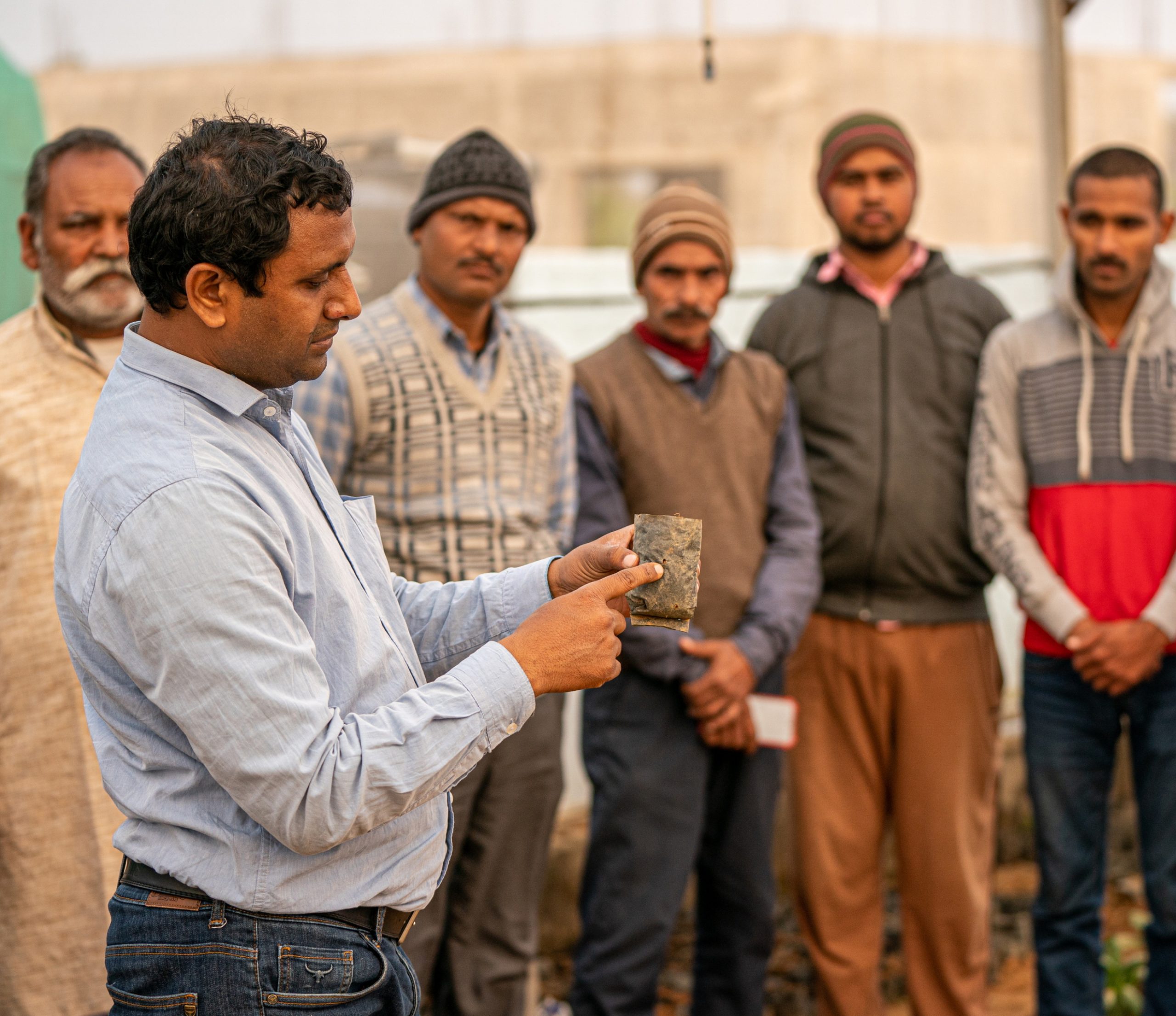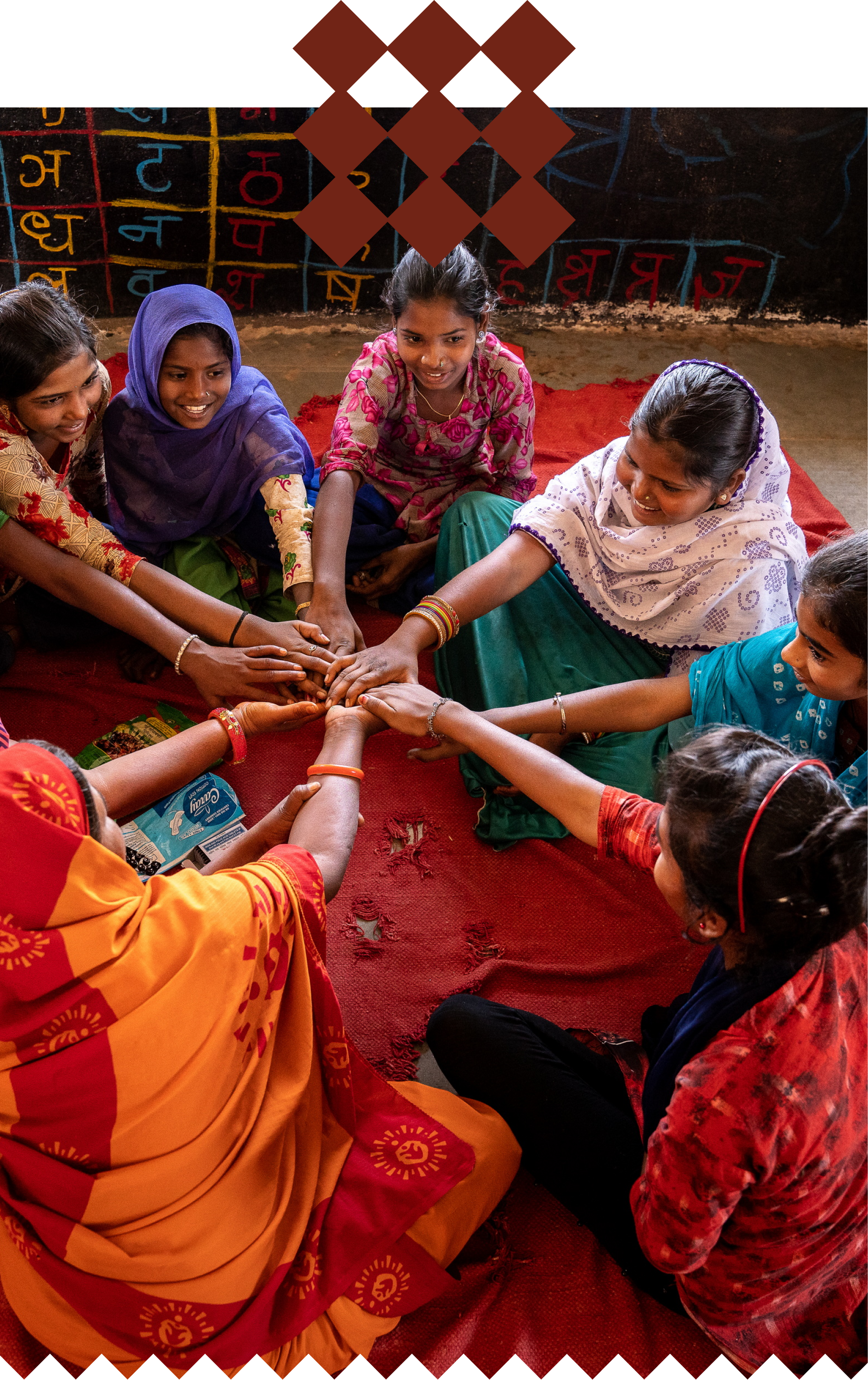Through Public Policy in Action (PPiA), we work with the government to fulfill its vast program of improving the delivery of public services. We also help shape relevant policy to reflect the most urgent needs of the community. Our team, embedded as ‘Nudge Units’ in the government, assists in conceptualisation, design, rollout, monitoring and evidence-based adaptive management of its programs.


The rural poor are highly dependent on the government’s welfare schemes for survival. That is why the successful delivery of public services is vital in fighting poverty and inequality. However, in a country the size of India with multiple disparities there is no one-size-fits-all solution.
Limited trained field staff
Dated understanding of community needs
Pilferage in the system


We have Nudge Units of trained staff embedded in government departments who identify potential beneficiaries for schemes from livelihood and skilling to solar generated electricity. They also recognise bottlenecks that prevent services being delivered successfully.


Our team forms the critical link between the needs of a community and programs made to help them. After spending hours and hours with each community, the team defines the intersection of what the government can offer and what the community really needs.


Our specialists use data science and evidence-based practices to design development solutions. These solutions, based on both data and the assessments from field workers, dovetail into policy to meet the aspirations of many communities.


Our team regularly evaluates programs and interventions, creating extensive feedback loops. This allows us to work continuously to improve program implementation.


Although we are a non-state entity, we work with the government to bridge capacity gaps and develop the capacities of existing staff.
Reach us at
TRI Square,
43 Community Centre Zamrudpur,
Kailash Colony Extension,
Behind Hanuman Mandir,
New Delhi,
Delhi 110048
+91 11 43068096